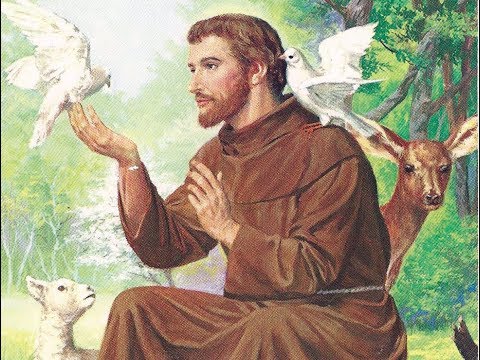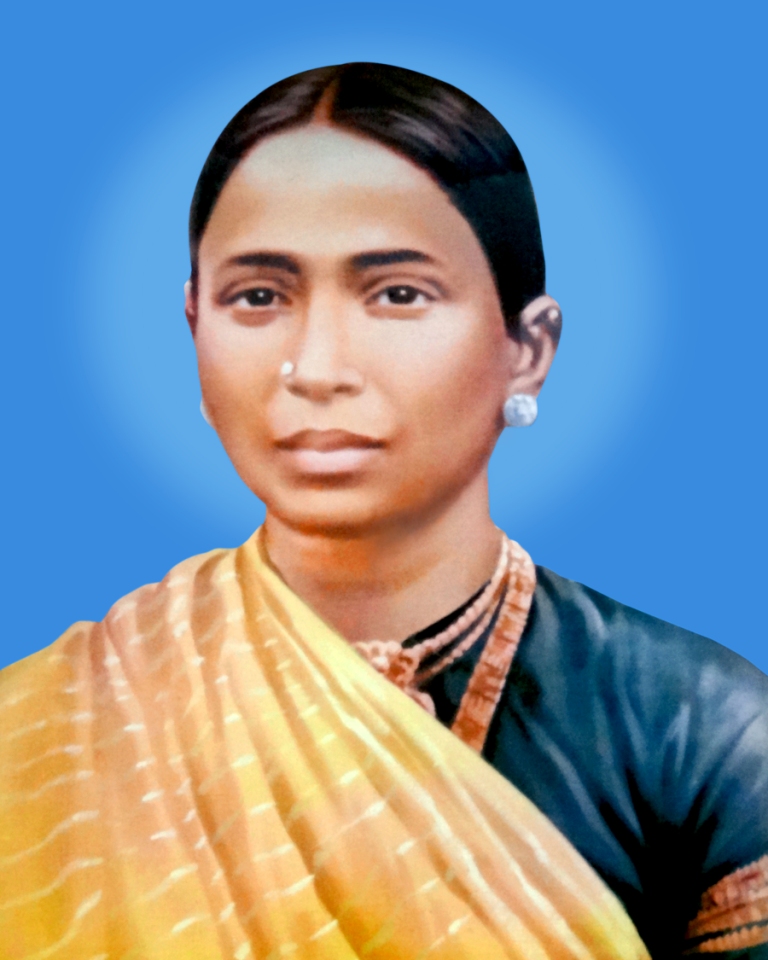Francis preached to townspeople—even though as a layperson he was without license to do so—and he soon attracted followers. In 1209 he composed for his mendicant disciples, or friars, a simple rule (Regula primitiva, “Primitive Rule”) drawn from passages in the Bible: “To follow the teachings of our Lord Jesus Christ and to walk in his footsteps.” He then led the group of 12 disciples to Rome to seek the approval of Pope Innocent III, an important step that demonstrated Francis’s recognition of papal authority. At first Innocent was hesitant, but, following a dream in which he saw Francis holding up the church of San Giovanni in Laterano, he gave oral approbation to the Franciscan rule of life. This event, which according to tradition, occurred on April 16, 1210, marked the official founding of the Franciscan order. The Friars Minor, or Lesser Brothers, as they came to be known, were street preachers with no possessions and only the Porziuncola as a centre. They preached and worked first in Umbria and then, as their numbers grew rapidly, in the rest of Italy.
Probably no one in history has set out as seriously as did Francis to imitate the life of Christ and to carry out so literally Christ’s work in Christ’s own way. This is the key to the character and spirit of St. Francis and helps explain his veneration for the Eucharist (the body and blood of Christ) and respect for the priests who handled the elements of the communion sacrament.
Francis considered all nature as the mirror of God and as so many steps to God. He called all creatures his “brothers” and “sisters,” and, in the most endearing stories about him, preached to the birds and persuaded a wolf to stop attacking the people of the town of Gubbio and their livestock if the townspeople agreed to feed the wolf. Above all, his deep sense of brotherhood under God embraced his fellow men, for “he considered himself no friend of Christ if he did not cherish those for whom Christ died.”
In 1212 Francis organized a second order, one for women, that became known as the Poor Clares. He gave a religious habit, or dress, similar to his own to the noblewoman later known as St. Clare (Clara) of Assisi and then lodged her and a few companions in the church of San Damiano, where they were joined by women of Assisi. For those who could not leave their families and homes, he eventually (c. 1221) formed the Third Order of Brothers and Sisters of Penance, a lay fraternity that, without withdrawing from the world or taking religious vows, would carry out the principles of Franciscan life. As the friars became more numerous, the order extended outside Italy.
Although the Order of the Friars Minor had grown at a faster rate than any previous religious order, it had not experienced similar organizational growth and had little more than Francis’s example and his brief rule of life to guide its increasing numbers. To correct this situation, Francis prepared a new and more detailed rule (Regula prima, “First Rule,” or Regula non bullata, “Rule Without a Bull”), which reasserted devotion to poverty and the apostolic life and introduced greater institutional structure but was never officially sanctioned by the pope. He also appointed Peter Catanii as his vicar to handle the order’s practical affairs; after Peter’s early death in 1221, Francis replaced him with Brother Elias of Cortona. Two years later, Francis submitted a further revision of the rule—known as the Regula secunda (“Second Rule”), or Regula bullata (“Rule with a Bull”)—to Pope Honorius III, who approved it in the bull Solet annuere (“Accustomed to Grant”) on November 29, 1223. As the official rule of the order, Regula bullata enjoined the friars “to observe the holy gospel of our Lord Jesus Christ, living in obedience without anything of our own and in chastity.” It also outlined regulations for discipline, preaching, and entry into the order. After his rule received papal sanction, Francis withdrew increasingly from external affairs.
Francis lived two years in constant pain and almost totally blind as he had contracted an eye disease while proselytizing in the East in 1219. Francis of Assisi died on October 3, 1226, at the age of 44, in Assisi, Italy. Today, Francis has a lasting resonance with millions of followers across the globe. He was canonized as a saint just two years after his death, on July 16, 1228, by his former protector, Pope Gregory IX. Today, Saint Francis of Assisi is the patron saint for ecologists — a title honoring his boundless love for animals and nature. In 2013, Cardinal Jorge Mario Bergogli chose to honor Saint Francis by taking his name, becoming Pope Francis.


